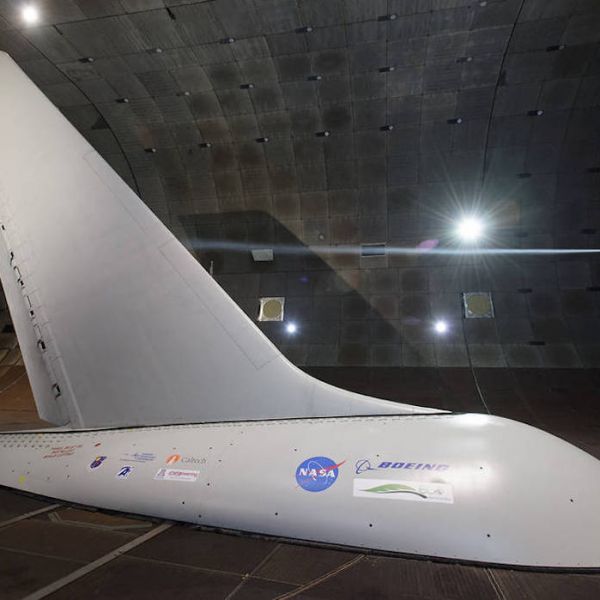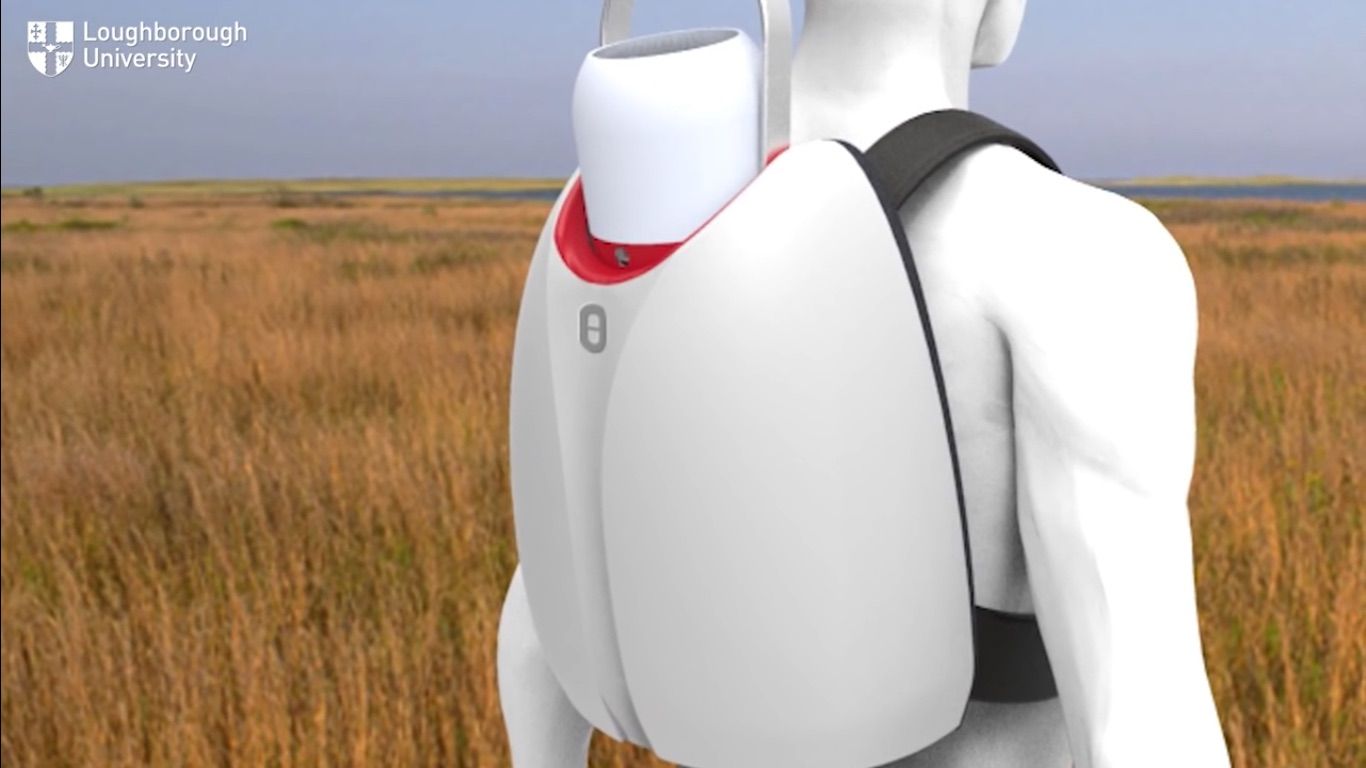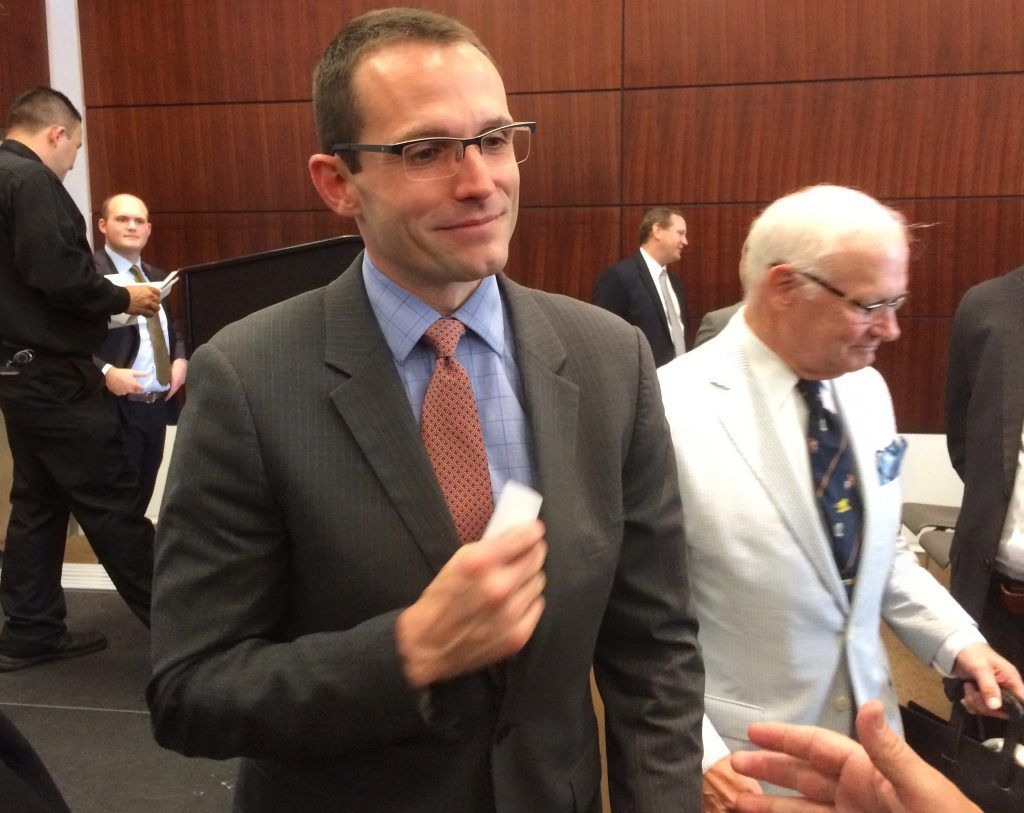More things keep being revealed; and this only what the public knows to boot.
With an aim of detecting ever object within the range, China has developed a new radar technology that is capable of detecting stealth jets, claims a Chinese firm. According to the reports, the branch of defence and electronics firm CETC — Intelligent Perception Technology created the quantum radar which can detect any target withing a 60 miles range and it was successfully tested last month.
Chinese news agency Xinhua reported that the radar uses has superior detection capabilities as it uses quantum entanglement photons which is better than traditional detection systems. The new technology will enable the radar to even detect modern aircraft that can escape the radar, uses stealth technology or baffle the enemy radar system.
Since quantum radar requires lower energy and can be used to non-invasively probe for objects with low reflectivity, such as cancer cells, the technology may also find use in biomedicine.





